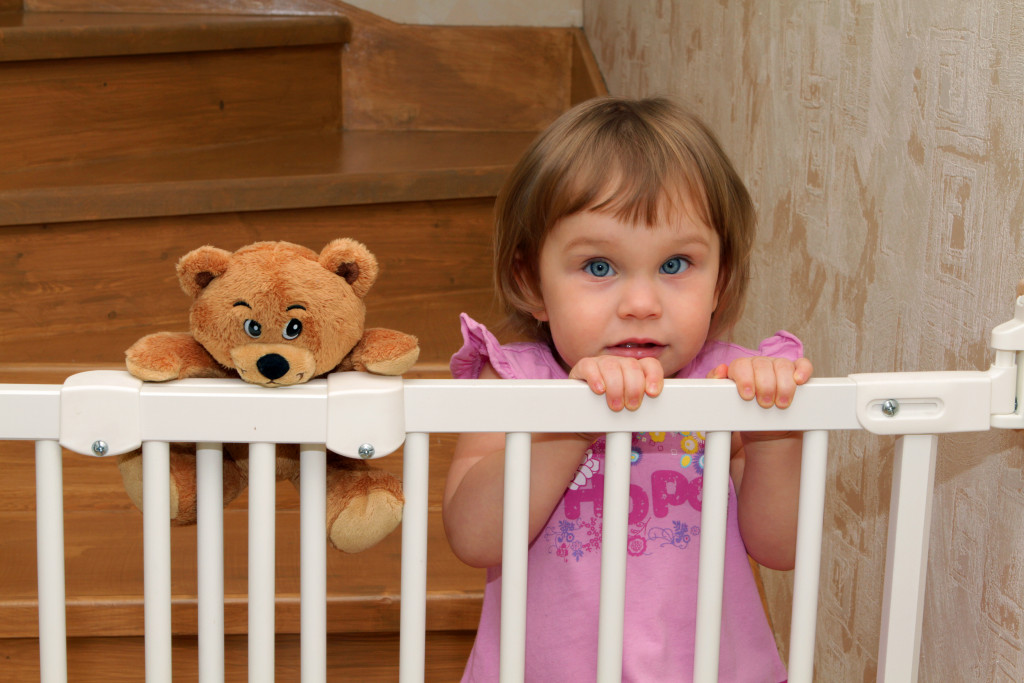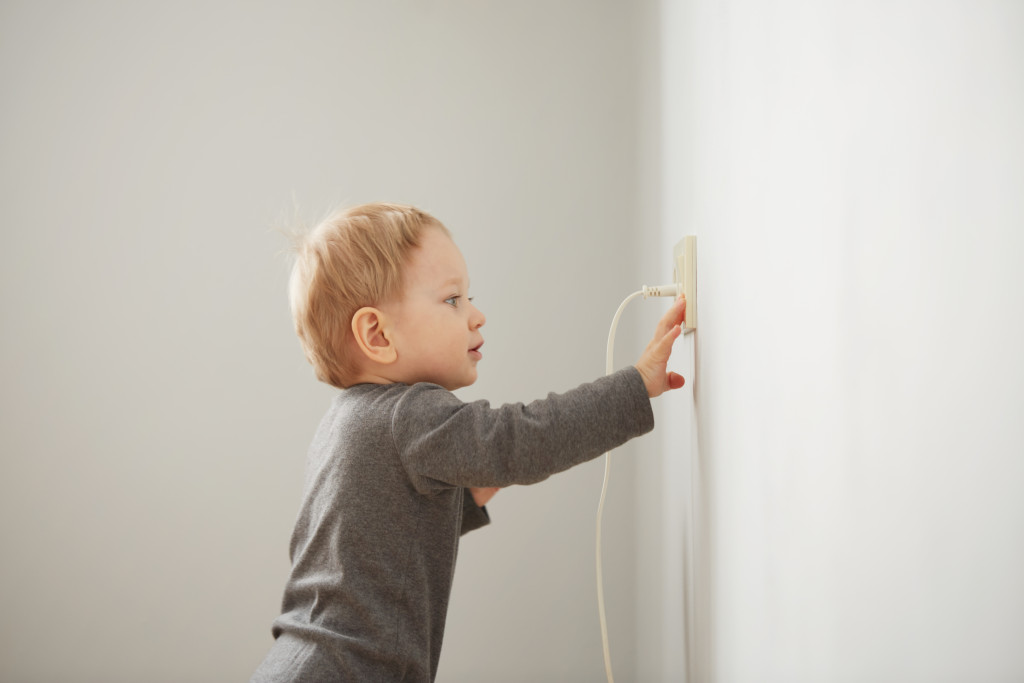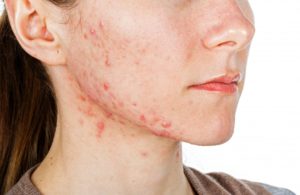- Identifying home hazards and taking preventive measures are crucial for child safety at home.
- Store medications, cleaning supplies, sharp objects, and appliances out of children’s reach to reduce accidents.
- Secure home entry points and install safety gates for enhanced child security.
- Regular home inspections help identify overlooked hazards and maintain a safe environment for kids.
Children often get injured at home due to several factors, including the lack of adult supervision, hazardous materials within their reach, and an unsafe environment with potential risks such as sharp edges or slippery floors. In the U.S., approximately 9.2 million children annually visit emergency departments for unintentional injuries, most of which occur at home, according to the Centers for Disease Control and Prevention (CDC). The leading causes of these home injuries include falls, burns, and accidental ingestion of harmful substances. This emphasizes the need for increased awareness and preventive measures to ensure a safe home environment for your children.
To ensure a safer home for their kids, parents must identify potential hazards and take appropriate measures to minimize the risks. Here is a guide to help you keep your children safe at home:
Keep Home Hazards Out of Reach

Keeping hazardous objects out of children’s reach is critical to ensuring their safety at home. Kids are naturally curious and may not understand the danger associated with particular objects. By placing these items securely away, you reduce the risk of accidents and injuries.
Securely Store Medication
Medications and vitamins can be dangerous if ingested in large amounts, especially by children. Always store these substances in high cabinets or locked boxes inaccessible to young ones. Make sure also correctly to dispose of expired medications.
Keep Cleaning Supplies Hidden
Cleaning supplies often contain chemicals that can be harmful if ingested or come into contact with skin. Store these items out of sight and reach of children, ideally in a locked cabinet. Never store cleaning supplies in containers that may be mistaken for food or drink.
Safeguard Sharp Objects
Sharp objects such as knives, scissors, and tools pose a significant risk of injury. These should be stored in a secure area, such as a locked drawer or a safe. Teach your kids these are not toys and should not be played with.
Restrict Access to Small Appliances
Small appliances such as toasters, blenders, and hairdryers can pose an electrical and burn hazard. Unplug these devices when not in use and store them where children cannot easily access them.
Secure Entry Points

Maintaining the integrity of your home’s entry points is equally essential in child home safety. Doors and windows should be robust and secure to prevent children from wandering outside unsupervised or potential intruders from gaining access. It’s essential to promptly attend to any necessary repairs, such as broken locks or loose window latches, to ensure they function correctly and efficiently.
Equipping windows with safety locks that allow them to open partially for ventilation but not wide enough for a child to climb through is a practical safety measure. Broken window glass will also require attention to reduce the risk of injury. You can find window repair services to help ensure your child’s safety.
Stair gates are pivotal in preventing young children from falling down stairs, a typical home accident that can result in severe injury. Make sure to install safety gates at both the top and bottom of staircases and check regularly to ensure they are sturdy and securely locked. All these measures make your home a safer environment for your children, reducing the potential for accidents and providing peace of mind for parents.
Regularly Inspect Home
Initial measures to keep your home safe for your children are only the beginning. Regularly inspecting the house and any outdoor areas can help identify potential safety hazards or develop a plan to prevent them.
Look around the house for objects that could be dangerous, such as spilled liquids or sharp edges, and take appropriate action to fix them. Outside home inspection should also be done occasionally, and any potential risks, such as garden tools or uncovered electrical outlets, should be addressed immediately.
Regular safety inspections are an effective way of maintaining a safe environment for your children. It allows parents to identify any hazards that may have been overlooked and take the necessary steps to correct them, ensuring your home is always a secure environment for your kids.
Final Thoughts
Keeping your kids safe at home is essential and requires a proactive approach. It involves identifying potential risks and taking the necessary measures to reduce or eliminate them. Proper planning ensures that your home remains a secure environment for your children, promoting peace of mind for parents.



















